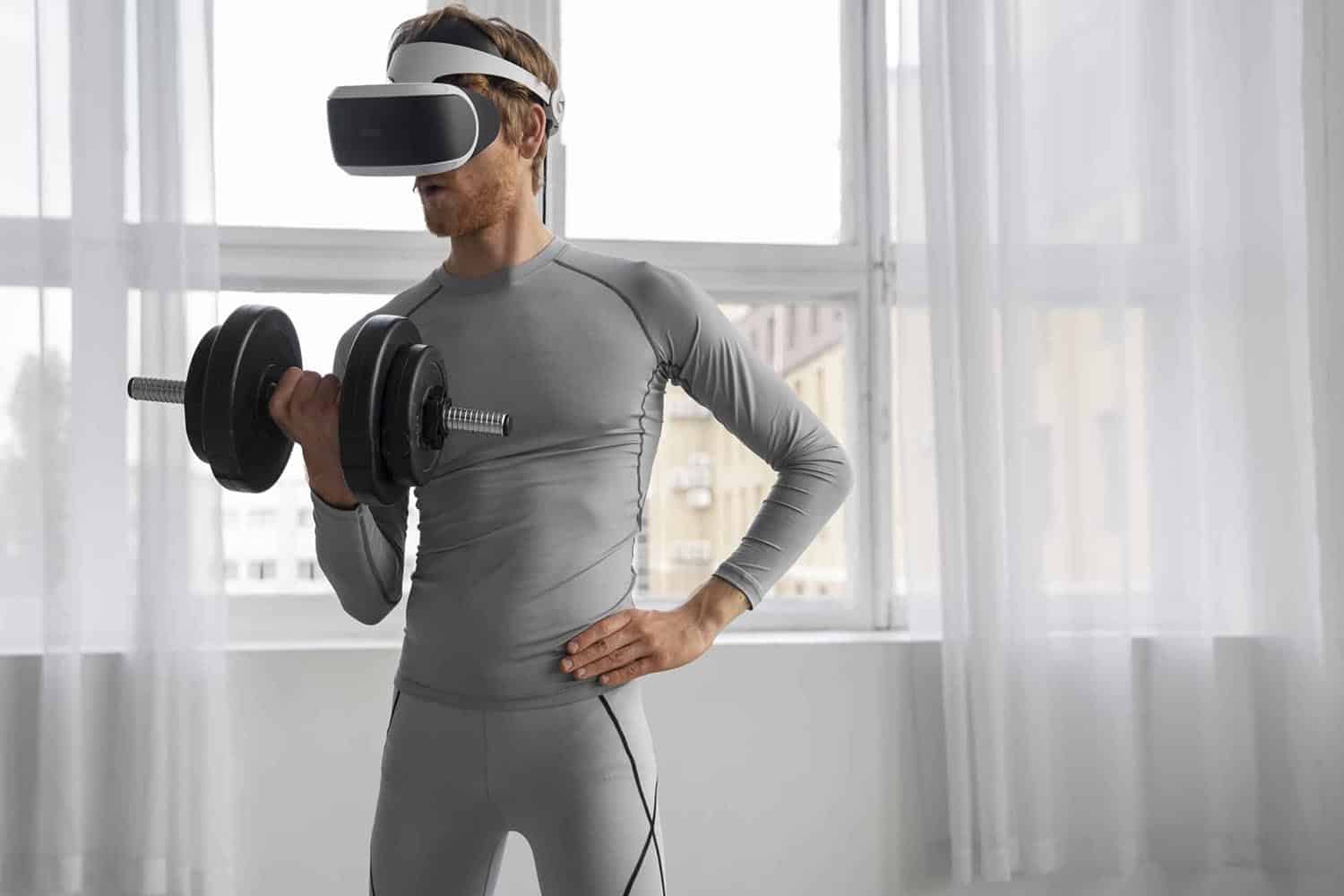The Future of Augmented Reality in Fitness: A Game Changer for Workouts


-
Written by
Fatima Akhai
-
Category
UX
-
Date
March 30, 2025
Augmented Reality (AR) is reshaping industries, from gaming to retail, but one area where its potential remains largely untapped is fitness and personal training. As someone passionate about UX design and emerging technology, I’ve been exploring how AR could revolutionize the way we exercise, making workouts more engaging, interactive, and accessible.
For those who struggle with motivation (like me), AR could bridge the gap between fitness and entertainment, making workouts feel less like a chore and more like an experience.
Why AR in Fitness Makes Sense
Traditional workout apps provide videos, static instructions, or basic progress tracking, but AR takes it a step further by overlaying digital elements onto the real world. Imagine:
- A virtual trainer appearing in your living room, guiding your movements and correcting your form in real-time.
- A gamified running experience where you chase virtual checkpoints or race against your previous best.
- An AR-powered boxing coach that lets you spar with an AI opponent using real-time feedback.
- The beauty of AR is that it brings immersive, interactive experiences without requiring a gym or expensive equipment.
Current Innovations in AR Fitness
Several companies have already started integrating AR into workouts:
- Meta Quest & Supernatural: Using VR headsets for full-body workouts, boxing, and guided training.
- Pokémon GO & Gamified Running Apps: Encouraging movement through augmented reality challenges.
- Mirror & AI-based Home Gyms: While not fully AR, these smart mirrors blend real-time feedback with virtual coaching.
But these solutions still lack full AR immersion in real-world spaces. There’s a huge opportunity to expand AR fitness beyond VR headsets or mirrors, making it accessible via smartphones, AR glasses, and wearables.
How AR Can Improve Fitness Training
- Real-Time Form Correction
Many people struggle with maintaining proper form while working out alone. AR could use motion tracking and AI to detect posture, highlight errors, and suggest corrections in real time—helping prevent injuries and improving effectiveness.
- Gamified Workouts for Motivation
Fitness apps often struggle to keep users engaged. Adding game mechanics like challenges, streaks, and real-world AR elements (e.g., dodging virtual obstacles while running) could make workouts more exciting and habit-forming.
- Personalized Virtual Coaches
Imagine an AR-based coach that adapts to your fitness level, preferences, and goals, offering dynamic workout plans that adjust in real time. It’s like having a personal trainer without the cost.
- Social & Competitive Elements
AR could make fitness more social by allowing users to:
- Compete in real-world AR races where avatars represent other runners.
- Join live interactive group workouts where everyone sees the same AR elements.
- Earn achievements and share progress with friends in a more engaging way.
Challenges and Future Outlook
Despite its potential, AR in fitness has challenges, such as:
- Hardware limitations (AR glasses are still evolving).
- Accurate motion tracking without extra sensors.
- Balancing immersion with real-world safety (e.g., running with AR overlays).
However, as AR tech advances and wearables impro55ve, we’re moving toward a future where digital and physical fitness blend seamlessly. Whether through Apple Vision Pro, AR smart glasses, or next-gen smartphones, AR fitness could soon become a mainstream workout alternative.
Final Thoughts
For people like me—who love interactive experiences but struggle with fitness motivation—AR has the potential to redefine workouts. Instead of forcing ourselves into traditional routines, we could step into dynamic, immersive, and personalized fitness worlds, making exercise feel less like a task and more like an adventure.
The question is: Are we ready for it?

